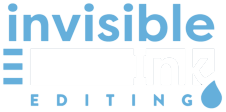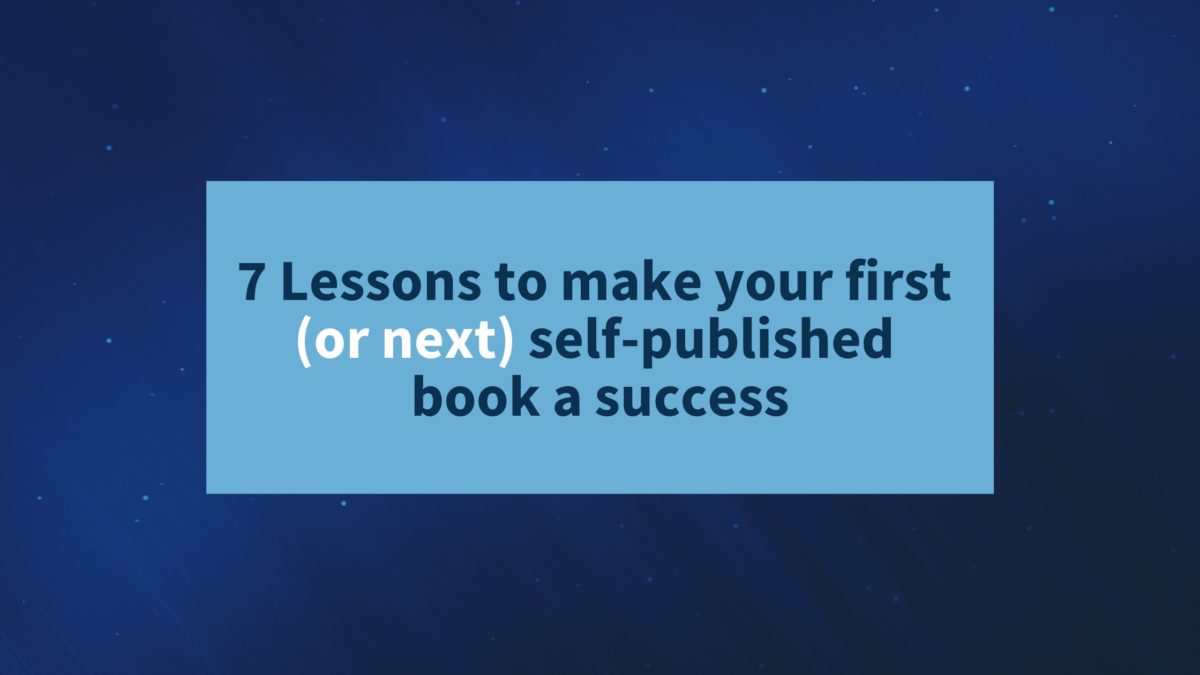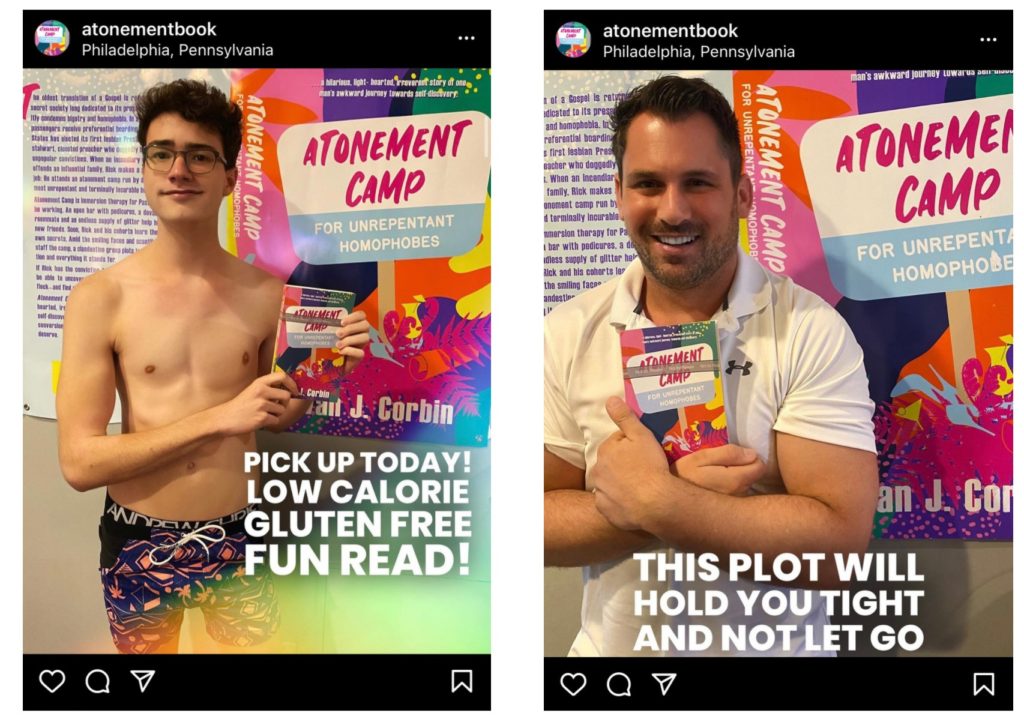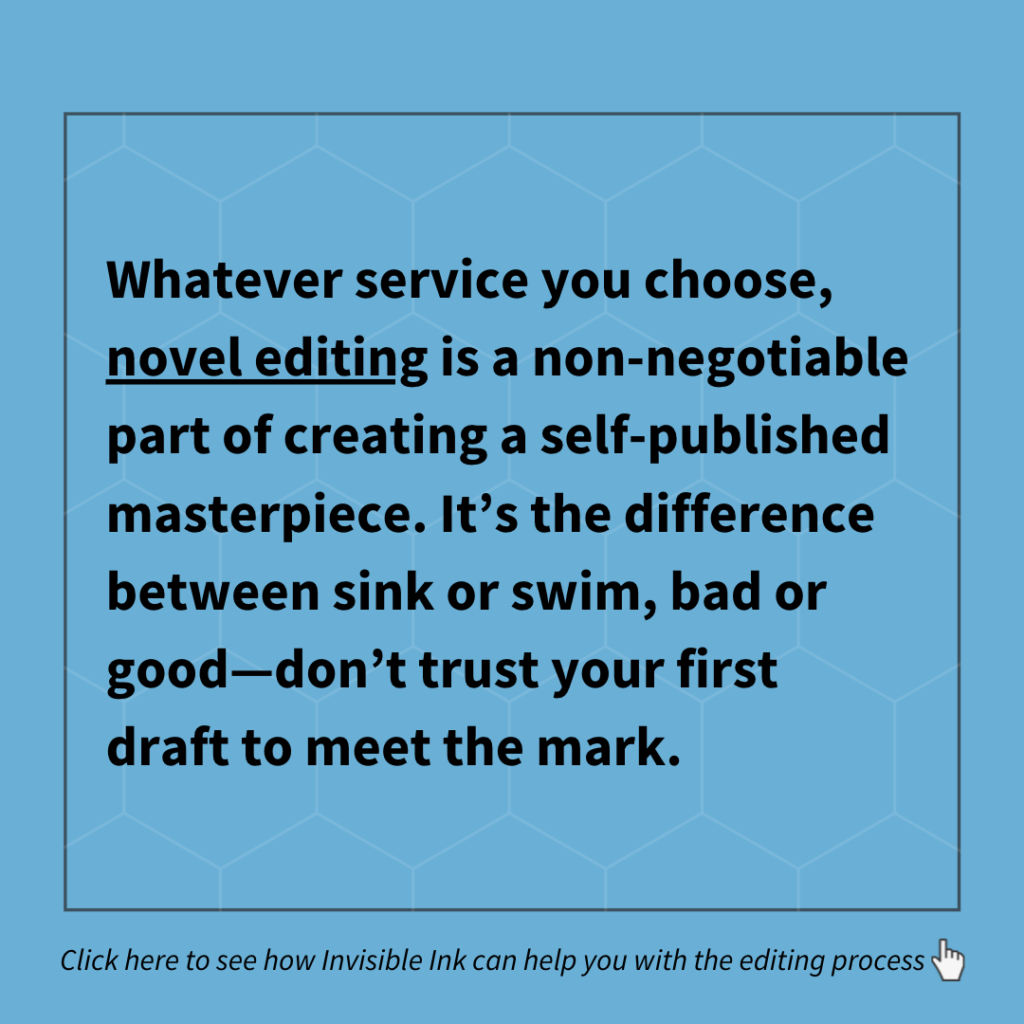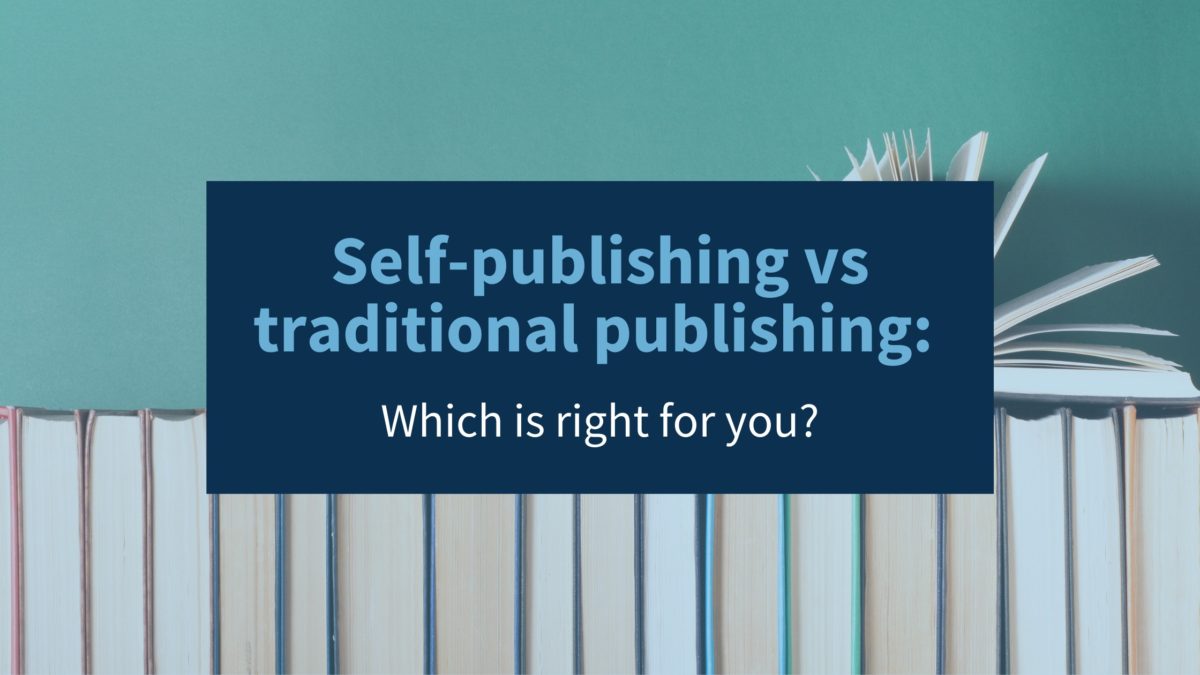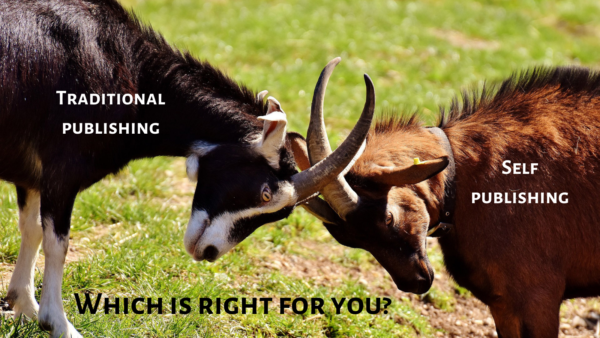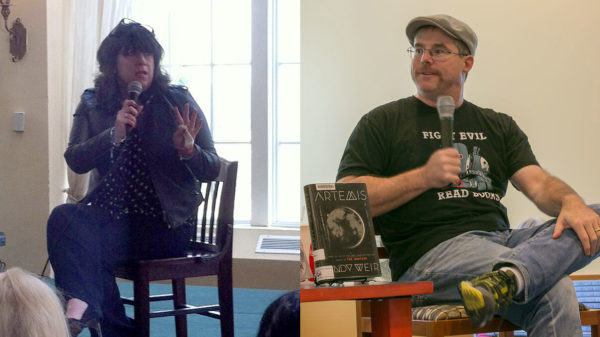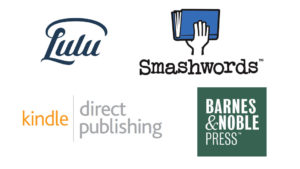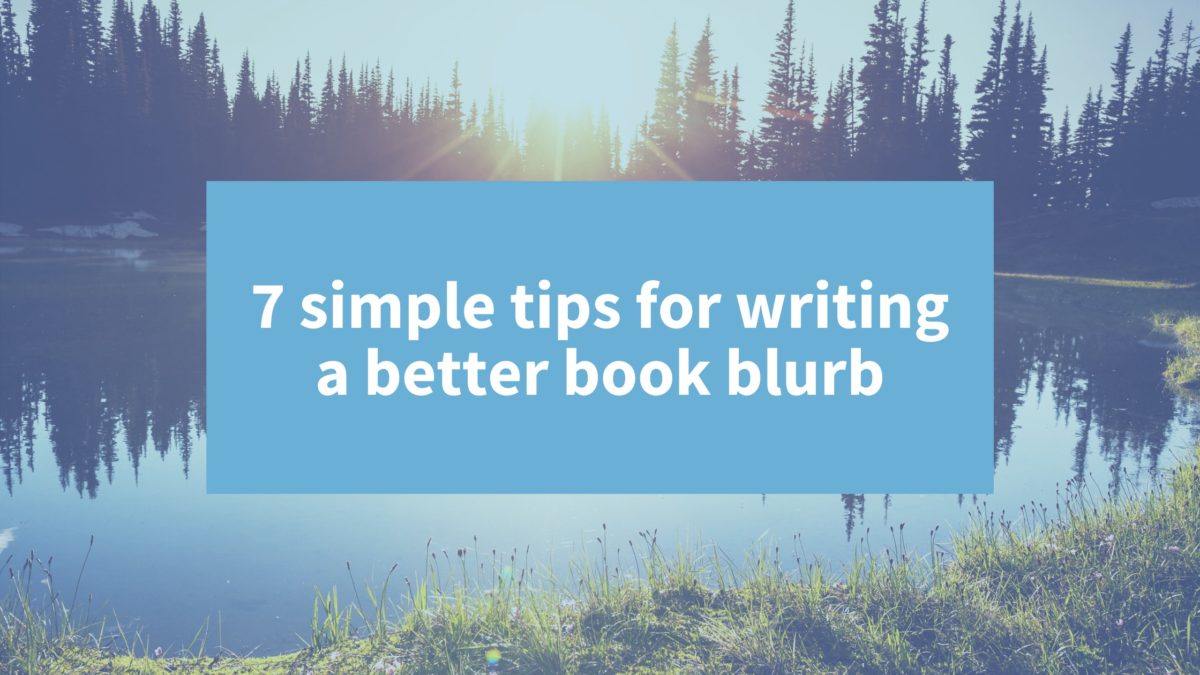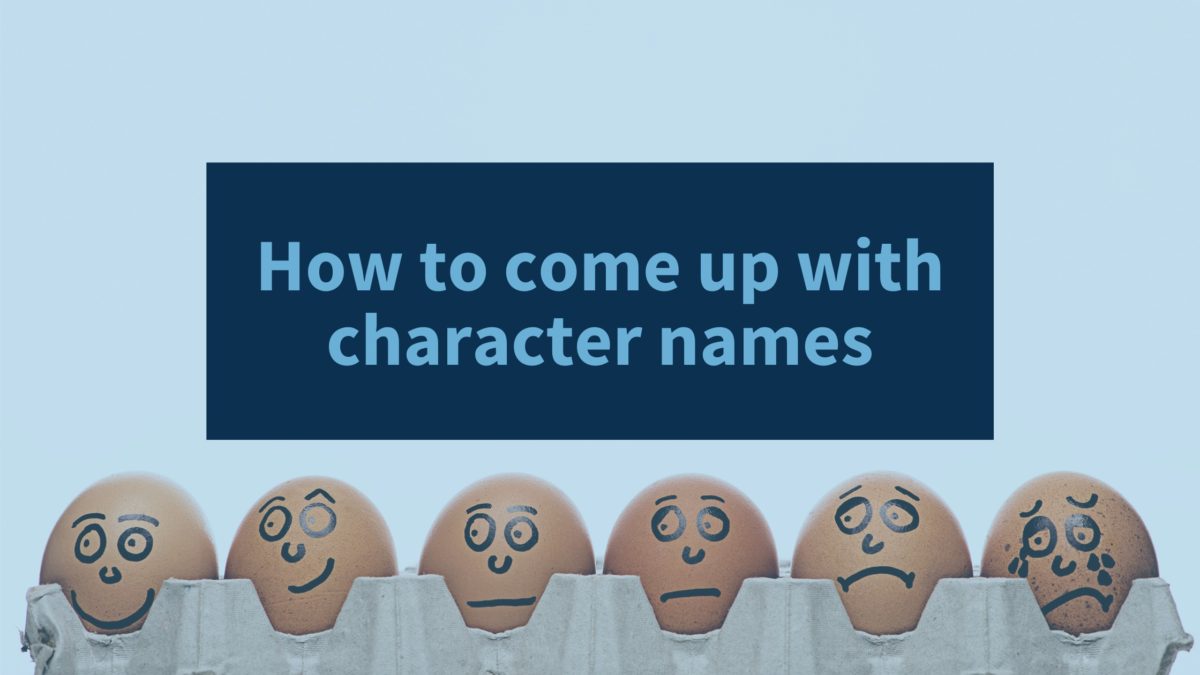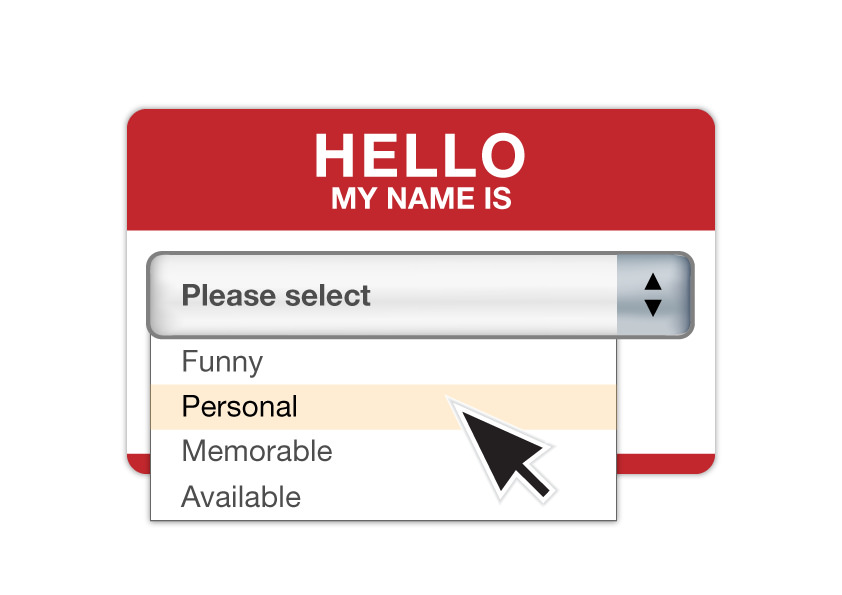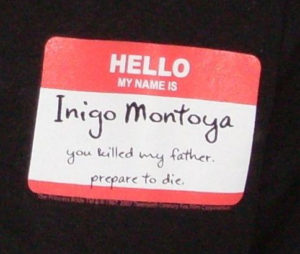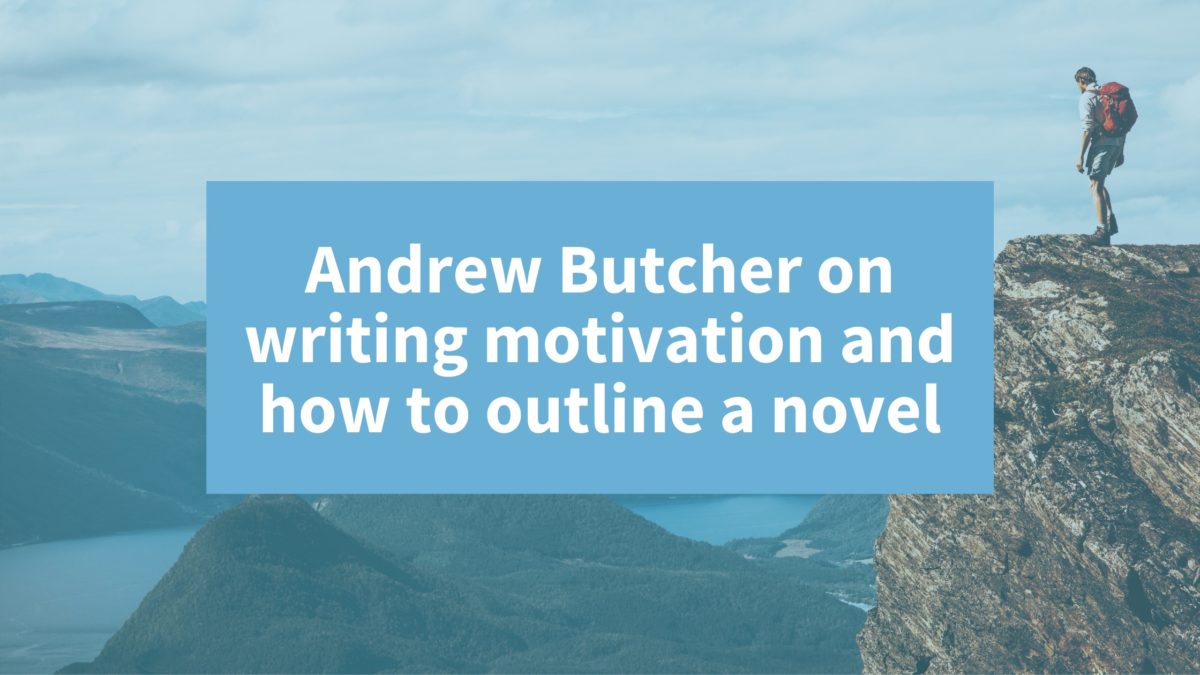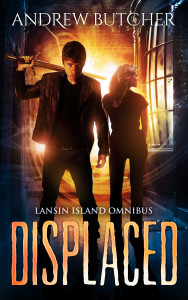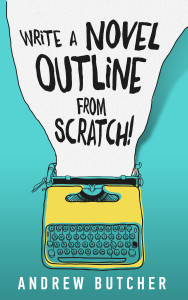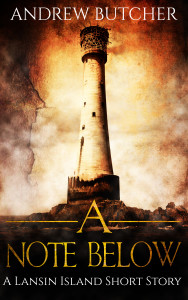Self-publishing is the ideal choice for any author looking to have total control over their novel and its publication. When you walk the path of self-publishing, you can cut months, even years, off the time required to share your book with the world.
But while self-publishing is the fastest route to market, there’s a lot of work that needs to be done before and after you launch your work. Without a traditional publisher, you’re pretty much on your own when it comes to finding an audience and marketing your book.
Self-published author Evan J. Corbin knows this firsthand. He recently self-published his debut novel, Atonement Camp for Unrepentant Homophobes, and worked diligently to promote his own book… with plenty of trial and error.
As his professional editing team, Evan kept us informed of what was and wasn’t working. He had so many valuable insights to share, we decided to interview him to share his wisdom with our audience.
About Evan J. Corbin
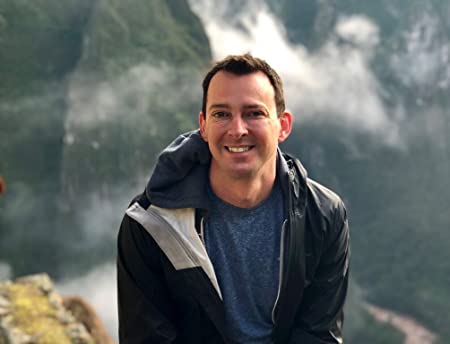 Evan currently practices law in Philadelphia, but he had always wanted to write a book. So when his first great idea came along, he leaned into it:
Evan currently practices law in Philadelphia, but he had always wanted to write a book. So when his first great idea came along, he leaned into it:
What would happen if a secret third testament of the Bible was discovered, one that exonerated LGBTQIA+ people of any religious guilt for their sexual orientation or gender identity?
Writing from the perspective of a closeted fire-and-brimstone preacher, Evan explores the social changes that would come about from this revelation—namely, the titular “atonement camps” for the reeducation of Christian ministers and priests. One reader described these camps as “Alcoholics Anonymous meets sensitivity training meets RuPaul’s Drag Race.”
We were so impressed by the book and the hard work Evan put into marketing it that we knew we had to get him to talk about the whole experience. You can watch our whole interview below, or keep scrolling to read seven key takeaways from his journey.
Lesson 1: Focus on finding readers, not revenue
“Some authors assume finding readership and finding revenue are the same thing—they assume that each sale earned is a reader earned, and think no further about it.
“But if you’re a first-time author, you have to make peace with the idea that this is not going to make you rich.
“In fact, it’s probably not even going to pay for what you’ve invested.
“That’s why instead of chasing sales to earn readers, chase readers to earn sales. It’s a subtle change, but it makes a world of difference.”
Self-publishing is a highly competitive industry—something Evan learned quickly in his initial research: there are over a million new books published each year (though there are other claims that put this number much lower.)
It’s not easy out there for first-time authors. When you’re just starting out, you have no fan base, no credibility, and no experience in the field. Too many self-published authors fall into the trap of thinking that all they need to do is pay for advertising and the rest will somehow take care of itself.
Evan was one of those authors. But after conducting some market research, he discovered the reason ads and marketing and discounted prices yield so little fruit for self-published authors: readers just don’t want to spend time or money on an author they know nothing about, no matter how interesting the book seems.
Most people have been burned too many times before by the many unedited novels that find their way onto the major self-publishing platforms.
Rather than focusing on sales, self-published authors should instead prioritize building an audience of readers. There are a few ways to do this, but Evan’s found that the most daunting method of all to be most effective: he gave his book away for free.
For Evan, it seemed no matter how much he reduced the price of his novel, nobody was interested in buying it. It was only when he made it free that he found the audience he was searching for.
Writing a novel to get rich quick is the wrong motivation for entering this field—though, over time, as you build a body of work, you can expect to see some income. But when you start out, you should be writing because you’re passionate about your stories and want to share them with others. When this is the case, building a readership can be a very satisfying part of an author’s work.
What Evan learned through the publication of Atonement Camp is that building a fanbase is much more important than making a few isolated sales. Those who read and enjoyed his free book will be much more likely to pay money for his work in the future, and to recommend the book to their friends, family, or book club.
But how do you get those crucial first customers? Can you really spread word of your novel without blowing tons of money on advertising?
Of course you can.
Lesson 2: Don’t be afraid to take the road less traveled when it comes to marketing your work.
There’s more to building an audience than just handing out free samples. Before you can do that, you need to identify who you’re handing those samples to. One of the ways Evan did this was through social media marketing.
“Liam and I were talking about how I was going to market this book, and he suggested I should become active on a social media platform. He suggested Instagram, and I’m like, ‘Liam, ugh. I don’t even like using Instagram myself. Like, I don’t want to have to figure out how this works, and it’s a lot of time…’ but I decided to do it.”
And that decision paid off.
The best thing about using social media to promote your first novel is that it can be done absolutely free. There are many ways authors can use the platform to catch the attention of potential readers.
With Instagram, it’s easy to use a product like Canva to design some interesting visual posts that will attract the types of readers you want.
But you won’t be the only author using this method. To be successful on social media, you’ve got to stand out from the crowd.
“People on Instagram want to see content that makes them feel something. Whether it’s provocative, or thought-provoking, or shocking, or even just makes them smile for a bit… it’s got to be evocative.
“But sadly there’s a lot of uniformity in the way people promote their books on Instagram.
“Most book marketing is pretty… lazy. It’s always, ‘Here’s a photo of the book with some flowers behind it,’ or whatever. And that’s fine sometimes, but if you really want to stand out, you need something different. I wanted to stand out. So I spent a while figuring out how before I started advertising.
“In my book, at these atonement camps, they have pool boys. Beautiful, scantily-clad men going around like bellhops, performing tasks like mail delivery for the campers. I decided I wanted to bring these pool boys to life for my marketing. I found some friends who were willing to pose in that get-up and got some shots of them in front of my blown-up book cover and some other fun props.
“Even though those posts were clearly promoting the book, they were unique, and they were still relevant to the product. That meant Instagram users would be interested in it. Those who liked it would even follow me, and maybe go on to buy my book. I think that pool-boy campaign was a way for me to break through the noise a little bit and express myself through its promotion.”
This doesn’t just apply to self-publishing either: Most people advertise in ways that are so safe, they fall on the wrong side of boring and end up attracting no one’s attention.
People have gotten very good at tuning out ads that scream “NOTICE ME!” over the years. But leveraging organic, relevant, and unique content to market your product or art works incredibly well when building an audience.
Lesson 3: Leveraging existing audiences is the quickest way to grow.
When it comes to advertising your work, be careful what you pay for. For first-time authors, there are so many different ways to spend any budget you have to promote your book, and it can be virtually impossible to know which ones are legit and which ones are a waste of money—or worse, a downright scam.
“I’ve probably spent a couple of thousand dollars on every possible way that I could market the book and get it in front of people. Pay-per-click advertising on Amazon. BookBubs is a good one too.
I could name a dozen or more that I’ve invested in, and absolutely none of them materialized in any discernible sales.”
Without an audience to build on, these big and indiscriminate pay-to-play options often aren’t worth it for your first novel. But Evan did find that there were some advertising options out there that were more personalized, and therefore more successful at helping him find and build his audience.
“I found out there are companies that’ll organize Bookstagram (the book-focused side of Instagram) tours for your book. My book caters to an LGBTQ audience, so I found a Bookstagram advertising company that works in that niche and reached out to them.
I don’t remember exactly how much it was, but it wasn’t any more than $50, and relative to a lot of advertising options out there, that’s pretty affordable.
What this company does is reach out to their network of Instagram accounts—popular users who’d already reached out to them—and find individuals willing to adopt, promote, and share your book for a given period of time.”
An Instagram tour is one of the more novel ways to market a book. Using a service like Bookstagram, an author finds readers willing to read and review their book, or at the very least post about it on their public accounts. Over the period of a few weeks, their book will feature prominently on these readers’ accounts, showcasing their work to the accounts’ audiences. However, as with most methods of book marketing, this won’t be effective by itself.
“And that got me no sales. I thought it would (it didn’t), but this is a two-step process.
“Once someone would like a post, what I would do is I would go and I would follow that individual. And then a pretty substantial number of the people I would follow, who already engaged with my work by clicking the like button, would follow me back.
“And that’s the start of a relationship. They’ve already been introduced to my work. They’ve already manifested their interest in it by clicking the like button. And then when I reach out to them with a solicitation, a fair number of them would either buy a book or we would engage in dialogue.
“It’s one thing to see a book on the shelf. It’s another to have a direct phone line through Instagram and direct messaging to the person who wrote it. “That makes it more personal. And I think that personal connection is what you need to build that authenticity.”
Of course, Evan didn’t do all this himself.
“My time is valuable. No one wants to be hunched over their phone following Instagram users all day… so I used a program called Inflact instead. It’s a cheap subscription-based service that does quite a lot of stuff, but I only use it for one purpose: every time someone followed my account, I had Inflact send them an automated welcome message on my behalf.”
Over time, Evan saw results from this form of (paid) Instagram marketing on top of what he was doing organically. As people replied to his welcome message, and he developed a relationship with them, they’d sometimes go on to become readers.
Lesson 4: The quality of your manuscript matters… a lot.
There’s a persistent stigma that self-published books are of a lower standard than traditionally published books. And honestly, there is some truth to that. Many self-published works don’t go through the rigorous “quality assurance” books taken by full-scale publishing houses do. As a result, there are plenty of error-ridden, poorly developed novels out there that make it harder to overcome the trust barriers between you and your audience.
That’s why the only way to succeed as a self-published author is to apply the same strict standards of quality to your own work that traditionally published novels are subject to.
And that means editing.
When you type The End on your novel, don’t let your first instinct be to research publishing platforms. Finishing your first draft should be seen as just that—finishing a first draft. There’s more involved in the process of finishing your book.
“There are certain things that I did that I’m absolutely going to do again. Developmental editing, line editing, proofreading (essential), good cover design. The benefit is I don’t have to search the world now for these professionals to assist me with those things, because I’ve used them before. I’ve worked with them.
“I trust them. So it’s going to be easier and faster for me to go through that process.”
Evan worked with the team of book editors at Invisible Ink Editing to polish his novel draft and help him successfully launch his first self-published book.
Lesson 5: Find real beta readers to give you feedback.
Beta readers are market testers for your novel. Typically, beta readers aren’t professional editors or marketers themselves. They’re laypeople, average members of your desired audience who can offer feedback and critique from the consumer’s perspective.
Making good use of beta readers is an essential part of the editing process. The order of operations we recommend is to finish a first draft, self-edit that draft at least once (if not more!) and then do a manuscript evaluation, which is sort of like a review of your outline. Only after all this is done should you think about beta reading.
Evan has some insight on how he went about it himself.
“One of the first platforms I discovered in my research is BetaReader.io. It costs a couple of dollars a month, but it’s well worth the money.
“BetaReader.io is populated by individuals who’ve volunteered to beta read for writers. Once you sign up as an author, you can reach out to them and let them know a little bit about your work to see if they’re interested in reading it.
“If they are, they read it through Betareader.io’s own platform, which lets them react in real time to your story. If they like a line, they can highlight it, respond with an emoji—thumbs up, heart, cry, laughter—or they can leave a comment. And at the bottom of every chapter, Betareader.io leaves a space for readers to give a mini review of each segment, telling the author what they liked or didn’t like about it, what they’re hoping to see next, etc.
“So once you’ve got a few beta readers, you can look at the document and see their collective comments and all the things they like, even the patterns of what works and what doesn’t. You can tell right away that, “Wow. You know, once people get to chapter seven, that’s when they’re all going to freak out, because there’s this big plot twist.” And sure enough, you see the evidence of that.
“And then after a while (and I noticed this later again when a lot more people read the book), the things that work and don’t work become much more obvious. You know instinctively what readers are probably going to like, because you’ve had seventy other people telling you the parts they enjoyed, many of which are the same parts!
It was so good because it gave me the confidence to know, ‘Hey, this isn’t a dumpster fire. People actually like this, even in its raw, unedited format’.
“So that gave me the confidence to reach out to an editor after that and say, ‘This is worth my investment for us to collaborate and turn my manuscript into a polished diamond rather than just an unpolished stone.’”
Lesson 6: Embrace the process.
Writing is a skill like any other—it takes time to develop your style, and it may be a while before you’re recognized for your skill.
For every breakout success you have—think Joseph Heller and his bestselling debut, Catch 22—you’ve got a Brandon Sanderson, whose eleventh book is the one that eventually got him an agent. We’ve all got different journeys as creatives, and for some of us, our roads will be riddled with potholes and roadblocks. There’s nothing you can do to get past them besides what you should be doing anyway: writing, working, and growing as a creative.
That said, you shouldn’t view your “roadblocks” as obstacles so much as steps on a ladder. Every mistake you make is another important lesson. Assuming you’ve got the courage to take ownership of them, there’s something to be learned from every one of your beautiful screw-ups. Evan has firsthand knowledge of this fact.
“I think I had to make a lot of mistakes and go down a lot of dead-end roads just to prove to myself that, yeah, these are actually dead-end roads. Because you don’t know! Like, what’s going to happen if this ad gets 10,000 impressions on a website, surely that will work!
“Oh no, it didn’t.
“Maybe someone else would have had a different experience. For me, it didn’t work. But I needed to make those mistakes in order to know for sure that they were wrong for me. Even though there were wise voices at the time telling me that’s exactly what was going to happen.”
Mistakes are an opportunity for growth if you allow them to be. They’re a product of your actions, not a consequence of a universe that’s out to get you. Channelling their power will take your writing, your work, and your life to the next level.
Every mistake you make brings with it the opportunity to avoid making it again in the future. In Evan’s words:
“I think the benefit is… I’m not going to make the same mistakes. I’m going to make different ones!”
Lesson 7: Stay positive
In this article, we’ve talked a lot about the difficulties of self-publishing. First novels don’t typically see massive sales, advertising takes a ton of personal effort, most paid advertising doesn’t produce results, brutally honest feedback is the only way to get your book up to snuff… it’s a lot. Especially if you’ve waltzed into this expecting an easier ride than traditional publishing.
But that’s no reason to get disheartened. Just as writing, editing, and even beta reading are iterative processes—with multiple drafts, multiple readings, multiple chances to better yourself and your work—your journey as a creative is iterative too.
In the end, the writers who quit before success are the only ones guaranteed not to make it.
If F. Scott Fitzgerald had packed it in when his agent hated the first draft of his novel, we’d have never gotten The Great Gatsby.
For most of us, it takes time and effort to succeed—so don’t beat yourself up just because your journey’s taking longer than you’d like. Appreciate it for what it gives you. Learn to love the potholes; they’re the only way to find out how good your tires are.
